Content from the Brookings Doha Center is now archived. In September 2021, after 14 years of impactful partnership, Brookings and the Brookings Doha Center announced that they were ending their affiliation. The Brookings Doha Center is now the Middle East Council on Global Affairs, a separate public policy institution based in Qatar.
Last weekend’s parliamentary elections in Iraq were the country’s first since the Islamic State was militarily defeated in December, and there are hopes Iraq will turn a new chapter. What does the vote mean for Iraq’s Shiite militias, which have extensive ties to Iran? Ranj Alaaldin explains in a piece that was originally published, on the day of the election, in the Washington Post.
Last weekend’s parliamentary elections in Iraq were the country’s first since the Islamic State was militarily defeated in December, and there are hopes Iraq will turn a new chapter and move forward in its attempts to remedy challenges to its security, endemic corruption, and the polarization within its society and political elites.
There are few certainties in an election in which close to 7,000 candidates ran for just 329 seats—in a country where the political landscape has become increasingly fragmented. One near-certain outcome is the political ascendancy of Iraq’s Shiite militias, the most dominant of which lead the Popular Mobilization Force (PMF) and have extensive ties to Iran. This 100,000-strong umbrella militia organization of predominantly Shiite fighters was mobilized to fill the security vacuum that followed the Islamic State’s seizure of Mosul and the subsequent collapse of the Iraqi armed forces.
Since the war on the Islamic State started, the plethora of preexisting groups and newly formed volunteer fighters within the PMF have won widespread prominence for their battlefield successes. This has been helped by the decline in prestige of, and respect for, the Iraqi army, in large part because of its embarrassing collapse in 2014 but also because many in Iraq see it as a corrupted institution whose history is steeped in oppression and brutality.
Shiite militias in Iraq have fought—and suffered defeats—against Iraq’s U.S.-trained and backed military and were consequently marginalized at varying intervals. They operate as mafia-style organizations that engage in criminal activities, extortion, and human rights abuses.
The picture becomes complicated because of the remarkable manner in which Shiite militias in Iraq have evolved and the extent to which they—and the institution of the PMF—have maintained their autonomy, despite on paper being components of the Iraqi state that answer to the government. The Badr Brigade militia organization has controlled Iraq’s Interior Ministry and its 37,000-strong personnel since 2003. Ragtag militias like Asaib ahl al-Haq have evolved into powerful sociocultural movements that have enhanced their political credentials and have shed their bloodied reputations by bandwagoning onto existing parties and institutions. These actors have formally integrated into the Iraqi state and have weaponized the Iraqi state’s resources and its sovereignty (for international recognition)—while retaining their operational and financial autonomy.
An important misconception is the notion that armed groups are always a product of state failure and, secondly, that their existence will always be anathema to the state’s recovery. Shiite militias are a product of historical animosities, long-term oppression and perceptions of injustices and denial of rights that underpins the collective conscious of Iraq’s Shiite community. They are not anti-state, but instead seek a political order within the confines of Iraq’s existing territories, albeit one that may be at odds with those envisioned by their rivals and Iraq’s Western backers.
At the very least, the Iran-aligned groups of the PMF—Iraq’s most powerful militias and numerically superior—want to rebuild Iraq on their terms (and in partnership with Iran) as opposed to the terms and conditions set by the United States and its allies in the West.
Generally speaking, the infrastructure that enabled their rise after 2003 can also be attributed to the Shiite community’s mobilization against the former Baath regime, especially from the 1970s period and onward. Shiite militias are ingrained in the communities and environments they operate in as a result of interactions that have developed over prolonged periods.
The process and environment that enable armed groups to succeed do not take very long to emerge, but once established, they can be very difficult to dislodge. Even attempting to do so can result in the proliferation of armed groups, particularly where there are external powers involved in the conflict and whose own vested interests adds to their resilience (as is the case with the relationship Iraq’s Shiite militias have with Iran).
Studies also show nonstate violence cannot always be attributed to state failure because reliance on the wielders of nonstate violence has been a common form of military development in states where decentralized institutions of violence have been a response to changes in the regional and international systems.
Moving forward, the PMF looks set to become an institution that subsumes Iraq’s conventional armed forces. Whether this is something Iraqis want is debatable, but it will increase Iraq’s prospects of being engulfed in conflict for years to come. While there is widespread respect for the fighters who make up the various groups of the PMF, it is not lost on many within the Shiite community, Iraq’s Kurds, Arab Sunnis and minorities that the leadership of the PMF and its Iran-aligned dominant groups have explicitly pledged allegiance to Iran’s Ayatollah Khamenei and the doctrine that underpins Iran’s system of governance.
The ascension of the PMF will be further helped by a regional climate where Iraqi Shiites are confronted with what they perceive as existential threats to their communities. Iraqi Shiites have historically resisted Iran’s efforts to export its theocracy to Iraq and are likely to do so in the near future, no matter how much Iran invests its resources into the holy shrine cities.
Iraq’s most powerful movement, led by Muqtada al-Sadr, the Sadrist movement, continues to build on the legacy of al-Sadr’s father, Mohammad Sadeq—the fiercely nationalistic Iraqi cleric who prided himself and his movement on the Arab identity of Iraq’s Shiites. That will ensure Iraq achieves something of an equilibrium where the balance of power does not shift too much in favor of either Iran-aligned groups or those that seek to move Iraq away from Iran’s orbit of influence, for now that is.
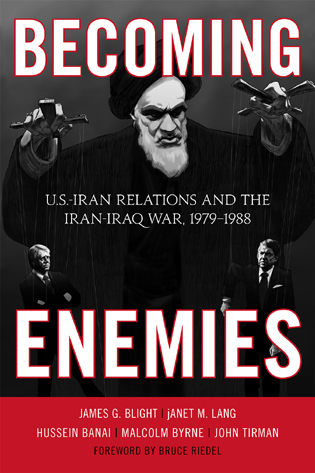
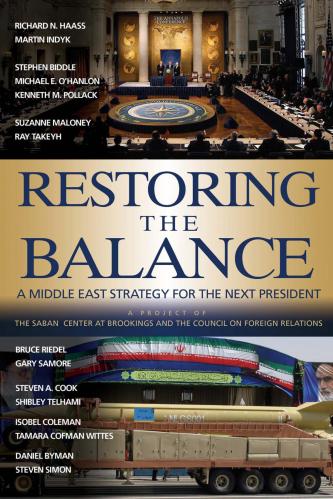
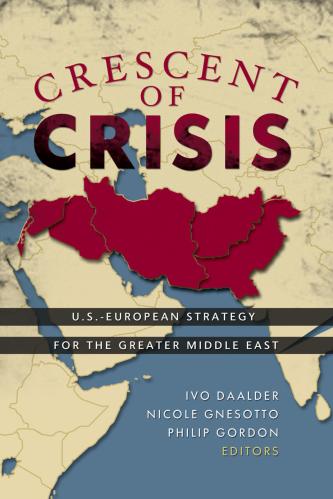
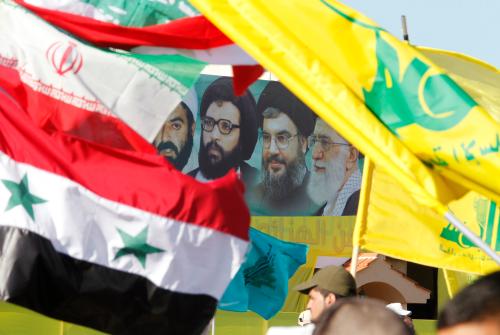
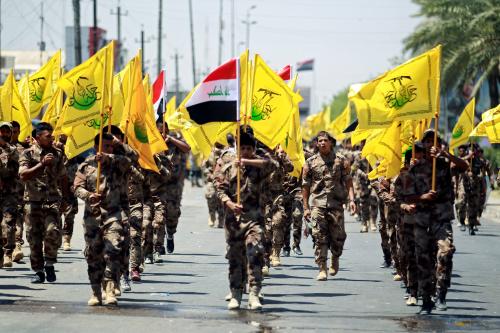
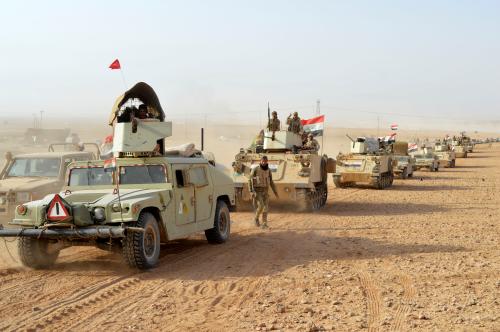

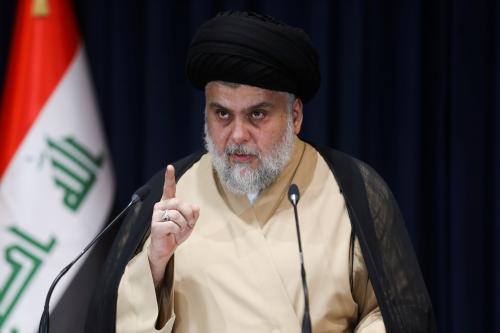
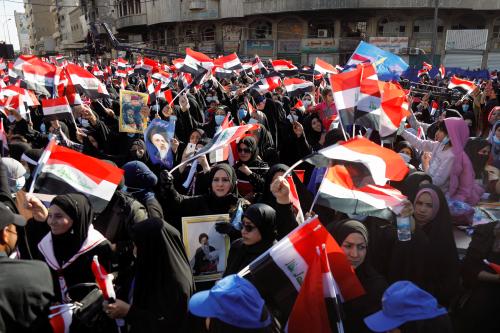
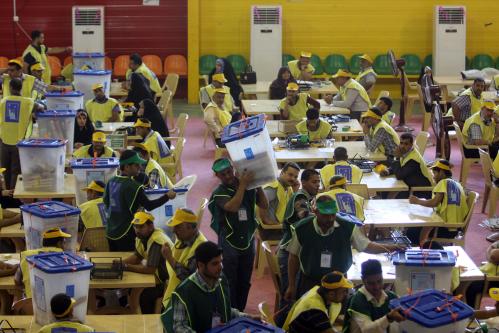
Commentary
What Iraq’s election means for its Shiite militias
May 15, 2018